Your gums play a pivotal role in having good oral health. In fact, they can tell you a lot about the state of your oral and overall health. But, what if they change color? Gum color changes can be a sign of various underlying issues. These can include minor concerns to more severe dental conditions. If you know what these changes mean, you can be more prepared to safeguard your health.

Pink Gums: The Healthy Standard
Healthy gums typically appear pink and firm. This pink hue is due to the rich blood supply beneath the surface. Pink gums indicate good blood circulation and generally signal excellent oral health. If you have pink gums, you are likely in good health.
Red Gums: Inflammation Alert
If your gums are red and swollen, it’s a sign of inflammation. This can be caused by various factors, including poor oral hygiene, gum disease, or even aggressive brushing. Red gums need attention to prevent the progression of gum disease.
Pale or White Gums: Anemia or Other Concerns
Pale or white gums can signify anemia. This is a condition where there’s a lack of healthy red blood cells. However, they can also indicate other health issues or poor blood flow. It’s crucial to consult a healthcare provider if you notice persistent pale gums.
Blue or Purple Gums: Oxygen Deprivation
Blue or purple gums are a sign of oxygen deprivation. This could be related to circulatory or respiratory issues. This color change is rare. But, you should take it seriously. Seek medical attention promptly if you notice this condition.
Brown or Black Spots: Smoking and Stains
Brown or black spots on the gums are often caused by smoking or the use of tobacco products. These stains can be unsightly and may lead to more severe oral health issues over time. Using tobacco increases your chances of tooth decay, gum disease, and mouth cancer.
Yellow Gums: Jaundice Indicator
Yellow gums can indicate jaundice, a condition where the liver isn’t functioning correctly. Jaundice can lead to a yellowing of the skin and gums. Consult a healthcare provider to address the underlying issue.
Dark Red or Burgundy Gums: Medication Side Effects
Some medications can cause your gums to darken or take on a deep red or burgundy hue. If you notice this change and are taking new medication, consult with your healthcare provider.
Green Gums: Not a Natural Color
Green gums are exceptionally rare and not a natural gum color. They can be caused by certain dental infections or side effects of treatment. Green gums are a clear indicator that it’s time to see a dentist.
Black Gums in Babies: Natural Pigmentation
Sometimes, babies are born with naturally darker gums. This condition, known as congenital melanin pigmentation, is harmless and doesn’t require treatment.
Blood on the Gums: Trauma or Gum Disease
Seeing blood on your gums, particularly when brushing or flossing, can be a sign of gum disease or trauma to the gums. It’s crucial to address the cause of bleeding. It could be as simple as improving your oral hygiene routine.
